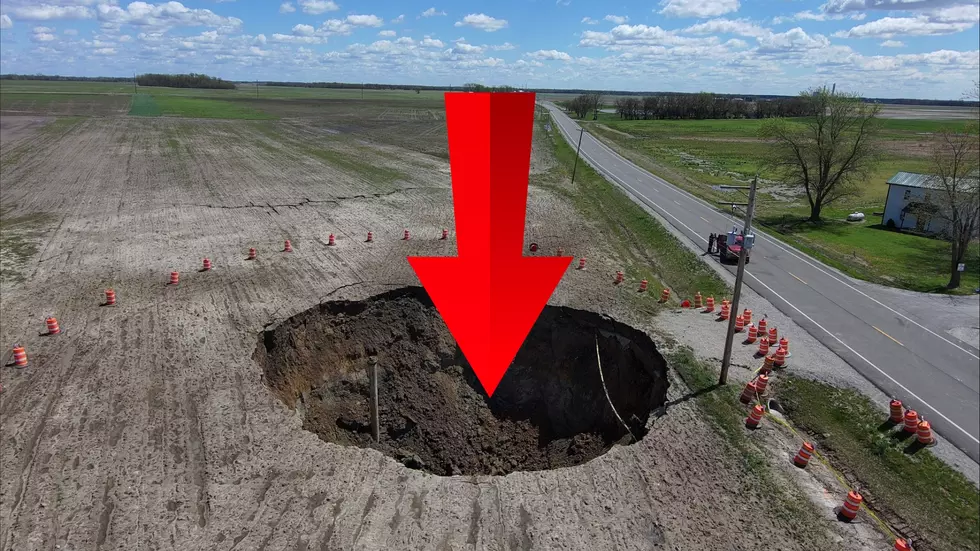Watch Out for the Dust
URBANA -- Dry soil conditions across much of Illinois have contributed both to accelerated crop planting and to spraying with postemergence herbicides. “It is unusual at this point in the season that such a high percentage of corn acres have already been sprayed with postemergence herbicides,” said University of Illinois associate professor of weed science Aaron Hager.
However, one potentially adverse consequence of the very dry soil is that large amounts of dust are often propelled into the air by equipment used to apply postemergence herbicides.
“While planting an on-farm research location last week, we noticed a large cloud of dust in the distance. Closer observation revealed that the dust cloud was being generated during the application of a postemergence corn herbicide,” said Hager. He is concerned that herbicides applied under very dry, dusty conditions might have reduced effectiveness.
Airborne dust reduces the activity of some foliar-applied herbicides, including glyphosate. Greenhouse research conducted by researchers at North Dakota State University in 2006 found that control of nightshade species with glyphosate was reduced when dust was deposited on the leaf surfaces before, or within 15 minutes after, glyphosate application. If the dust was deposited later than 15 minutes after application, phytotoxicity was not reduced. Dust generated from silty clay soil tended to reduce glyphosate phytotoxicity more than dust generated from loamy sand soil.
Glyphosate readily adsorbs to soil colloids, regardless of whether they are suspended in the air above the soil surface or on the leaf surface of target weeds. Once glyphosate is adsorbed, plant leaves are less able to absorb it, resulting in reduced phytotoxicity.
Hager notes that, unfortunately, there are no good solutions to this problem. Spray booms mounted at the front of the sprayer can discharge the solution before it encounters dust generated from the tires, but the dust deposited on leaf surfaces shortly after application can still reduce herbicide performance. Increasing carrier volume and certain spray additives have been shown to reduce, but not completely eliminate, the deleterious effects of dust.
“It is a good idea to scout fields that were treated with postemergence herbicides under very dusty conditions to determine the level of weed control,” Hager advised.
More From KHMO-AM 1070, News-Talk-Sports





